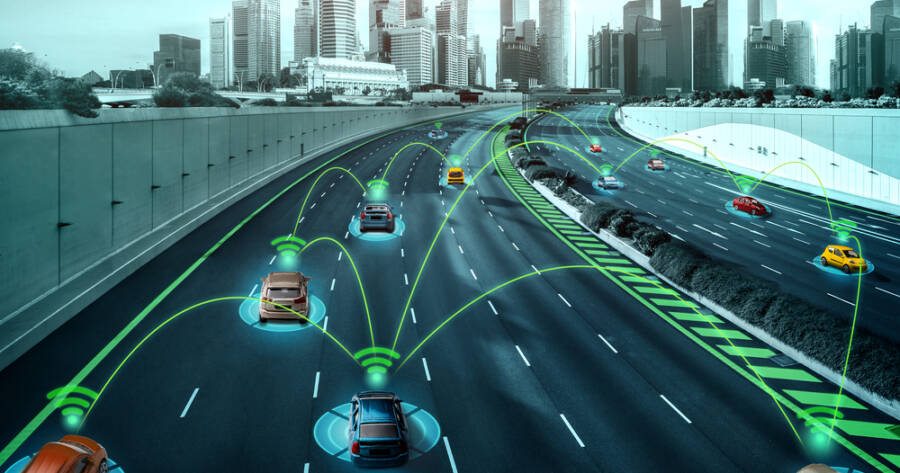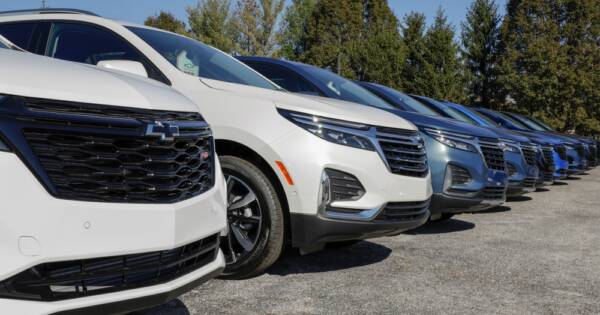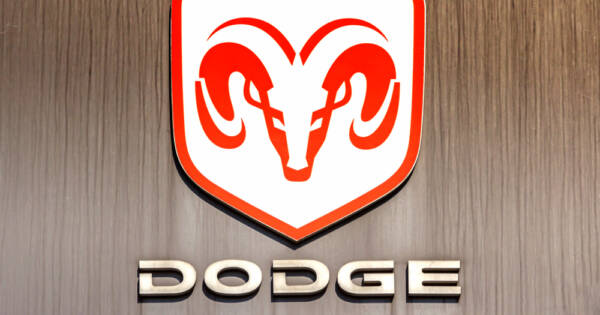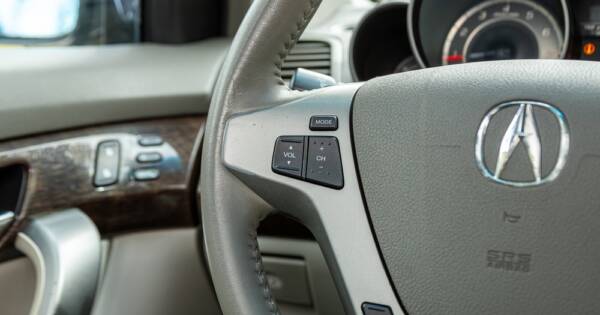As the world embraces connected vehicles, advanced communication technologies like vehicle-to-vehicle (V2V) and vehicle-to-everything (V2X) are gaining attention. These technologies have the potential to transform how we drive, improving safety, efficiency, and even our overall driving experience. By connecting vehicles with each other and the surrounding environment, V2V and V2X aim to make driving smarter and safer. Let’s explore how these technologies work and the impact they might have on our roads.
What Is V2V Communication?
Vehicle-to-vehicle (V2V) communication is a technology that allows cars to communicate with each other directly. Using short-range signals, vehicles with V2V technology can share data about their location, speed, and direction. For example, if a car brakes suddenly, a nearby V2V-equipped vehicle can receive an alert, allowing it to slow down or stop in response. This rapid exchange of information can help prevent accidents, especially in high-traffic situations.
One of the main benefits of V2V communication is its potential to reduce rear-end collisions. When cars communicate in real time, they can anticipate sudden stops or other hazards, giving drivers or automated systems more time to react. As more vehicles adopt V2V, the technology’s effectiveness will likely increase, reducing traffic accidents and enhancing road safety.
Expanding Connectivity with V2X Communication
While V2V focuses on communication between vehicles, vehicle-to-everything (V2X) communication goes a step further by connecting cars to their surroundings. V2X includes vehicle-to-infrastructure (V2I), vehicle-to-network (V2N), and vehicle-to-pedestrian (V2P) communication. These expanded connections make V2X a versatile tool for enhancing transportation systems.
In V2I, for example, cars can communicate with traffic lights, road signs, and even toll booths. This interaction can help vehicles adjust their speed to catch green lights or avoid congestion by choosing alternative routes. V2N allows cars to connect to the internet, giving them access to real-time weather and traffic updates. Meanwhile, V2P can alert vehicles to pedestrians nearby, reducing the risk of accidents in busy urban areas.
By combining all these channels, V2X supports a broader, more integrated communication system. This multi-faceted approach to connectivity can improve traffic flow, reduce pollution, and make cities safer and more efficient.
Serious Safety Benefits
The primary advantage of V2V and V2X technologies is their potential to increase road safety. According to studies, human error causes a high percentage of traffic accidents. V2V and V2X can reduce these risks by helping vehicles make faster, smarter decisions. For instance, V2X can warn drivers of slippery roads or alert them to approaching emergency vehicles, allowing them to take action sooner.
With V2P integration, V2X technology also increases pedestrian safety. Vehicles can detect people in crosswalks or at intersections, automatically alerting drivers or braking if a pedestrian enters the roadway unexpectedly. Additionally, V2X communication with traffic signals can reduce the chances of accidents at intersections, one of the most common sites for collisions.
As V2V and V2X technologies become more common, they may also assist drivers in bad weather or low-visibility conditions. The extra information provided by these communication systems enables vehicles to “see” beyond what a human driver can, reducing risks related to limited sightlines or difficult road conditions.
Improved Traffic Flow and Environmental Impact
Beyond safety, V2V and V2X technologies hold promise for improving traffic flow and reducing environmental impact. Connected vehicles can help manage congestion by sharing data with traffic systems, allowing city planners to develop better traffic patterns. For example, if V2X-equipped cars communicate high traffic in certain areas, city systems can adjust traffic light patterns to ease congestion.
Through smoother traffic flow, these technologies also help reduce emissions. Cars idling in traffic emit high levels of pollution, and by minimizing stops and starts, V2X can lower these emissions. Additionally, V2X can help optimize driving routes, which means less fuel consumption and lower emissions for individual drivers.
In the future, as more vehicles adopt V2X technology, they could contribute to eco-friendly “green waves.” These synchronized traffic lights allow cars to travel at steady speeds, reducing the need for braking and accelerating. By minimizing fuel consumption and emissions, these innovations support environmental goals while making commutes more efficient.
Challenges and Considerations for V2V and V2X Adoption
While V2V and V2X offer many potential benefits, implementing these systems across all vehicles and infrastructure poses challenges. For one, setting up V2X-capable traffic systems requires significant investment from cities and governments. Updating existing infrastructure to support V2I communication can be costly, and not all cities have the budget to make these changes quickly.
Another concern is the issue of data privacy. Since V2V and V2X systems rely on data-sharing, drivers may worry about who can access this information and how it will be used. To address these concerns, automakers and technology companies must work to ensure that V2V and V2X systems have robust cybersecurity measures. Protecting data privacy and preventing hacking will be crucial for gaining public trust in these technologies.
Moreover, V2V and V2X technologies will need broad adoption to be effective. If only a few cars use V2V or V2X, the system’s benefits remain limited. To achieve widespread adoption, auto manufacturers, governments, and technology companies must collaborate, setting industry standards and encouraging more drivers to embrace these advancements.
Learn More About the Future of Connected Vehicles
V2V and V2X technologies are transforming the automotive industry, offering safer, more efficient, and environmentally friendly driving experiences. By connecting vehicles with each other and their surroundings, these innovations allow cars to make better decisions, reducing accidents and improving traffic flow. Although challenges remain, the benefits of V2V and V2X could shape the future of transportation.
As more vehicles adopt these technologies, they will gradually become a standard feature, making roads safer and cities more efficient. V2V and V2X mark a significant step forward in connected transportation, bringing us closer to a world where cars can actively contribute to smarter and safer roadways. With continued development, these technologies have the potential to revolutionize our daily commutes, creating a seamless and intelligent transportation system.




